The UB-2, a Danelectro six-string bass, proves that the right marketing strategy can not only change a company’s product sales. It can also completely change a musical landscape, like this unique instrument did in the 1960s. Songs from this decade tend to have a specific sound to them, and while some of that can be attributed to trends, current events, and technological limitations, this bass-heavy six-string also helped.
Videos by American Songwriter
In an attempt to compete with the four-string upright bass and to incentivize more musicians to buy their products, Danelectro started contacting musicians’ unions to tell them about how a traditional acoustic bass was too low for the frequency width of AM radio stations. The UB-2 could solve this problem by providing a percussive attack in the mix that AM radio stations could broadcast. Then, when people wanted to listen to a hi-fi system, they would still get the full frequency range of the upright bass.
This became known as “tic tac bass” for its plunky, percussive sound. Even if you weren’t aware that there were two bass parts in a vast majority of 1960s country and pop, you were listening to it just the same.
These 1960s Songs All Implemented This Clever Bass Technique
The Danelectro UB-2 became incredibly popular in Nashville and Los Angeles, where session musicians were providing the instrumental backing for most hit records. The guitar company eventually gave up on the six-string, stopping its production and choosing more standard four-string basses instead. (This is how the Fender Bass VI, a similar instrument, came to be several years later.) Still, the UB-2 remained in many studios, serving as an appealing option for engineers looking to broaden their mix’s sound.
Some notable examples of popular songs that use both an upright bass and the UB-2 include “Crazy” by Patsy Cline, “Only the Lonely” by Roy Orbison, and most of The Everly Brothers, Duane Eddy, and Marty Robbins’ catalogs. Wrecking Crew musicians helped incorporate the Danelectro six-string bass into the West Coast sound, including tracks like “These Boots are Made For Walkin’” by Nancy Sinatra, “Help Me Rhonda” by The Beach Boys, and more.
Six-string basses remain useful tools today for players who want the low range of a bass guitar with the fretboard capabilities of a standard guitar. Follow-ups to the Danelectro model, like the Fender Bass VI, allowed musicians to continue using this valuable resource even after Danelectro stopped making them. The next time you’re listening to your favorite 1960s songs, try listening to them through headphones. Close your eyes, and see if you can pick out the two different bass tones in the mix. The six-string electric bass will likely be in one headphone, while the upright will be in another. Happy listening.
Photo by Jasper Dailey/Michael Ochs Archives/Getty Images

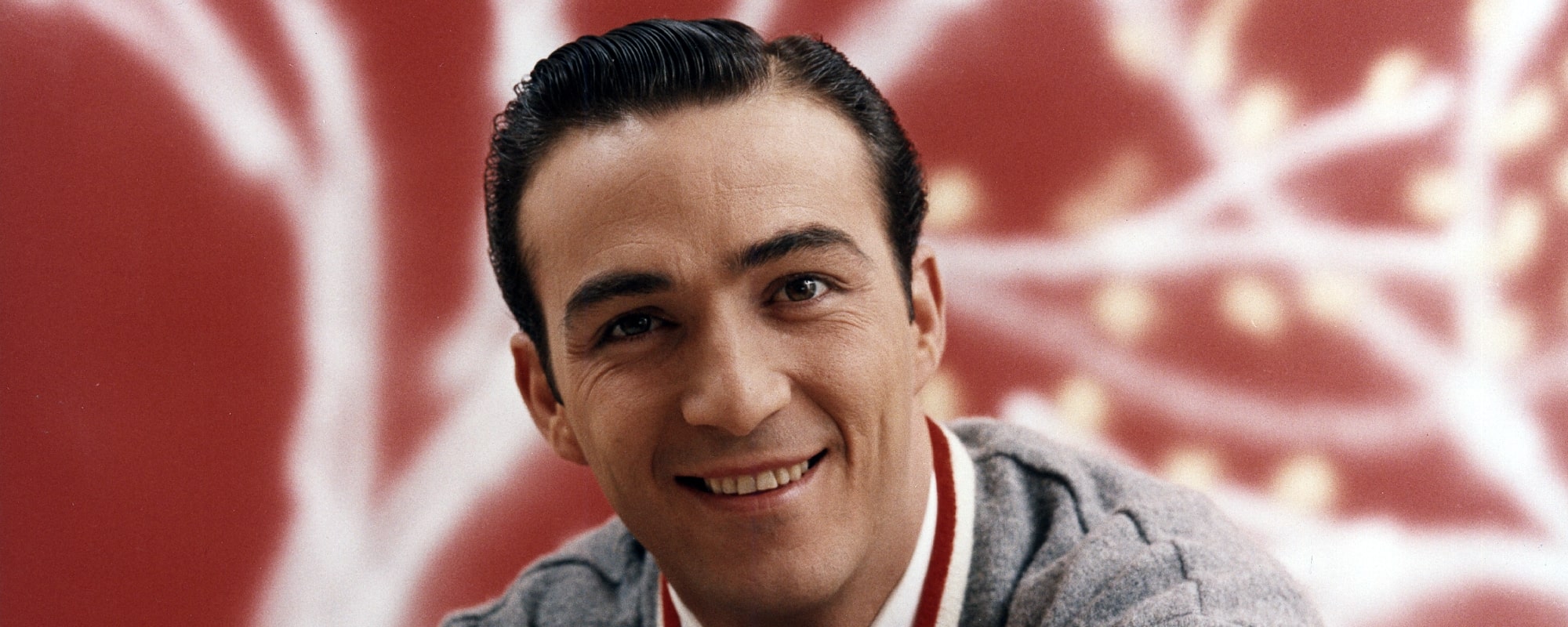


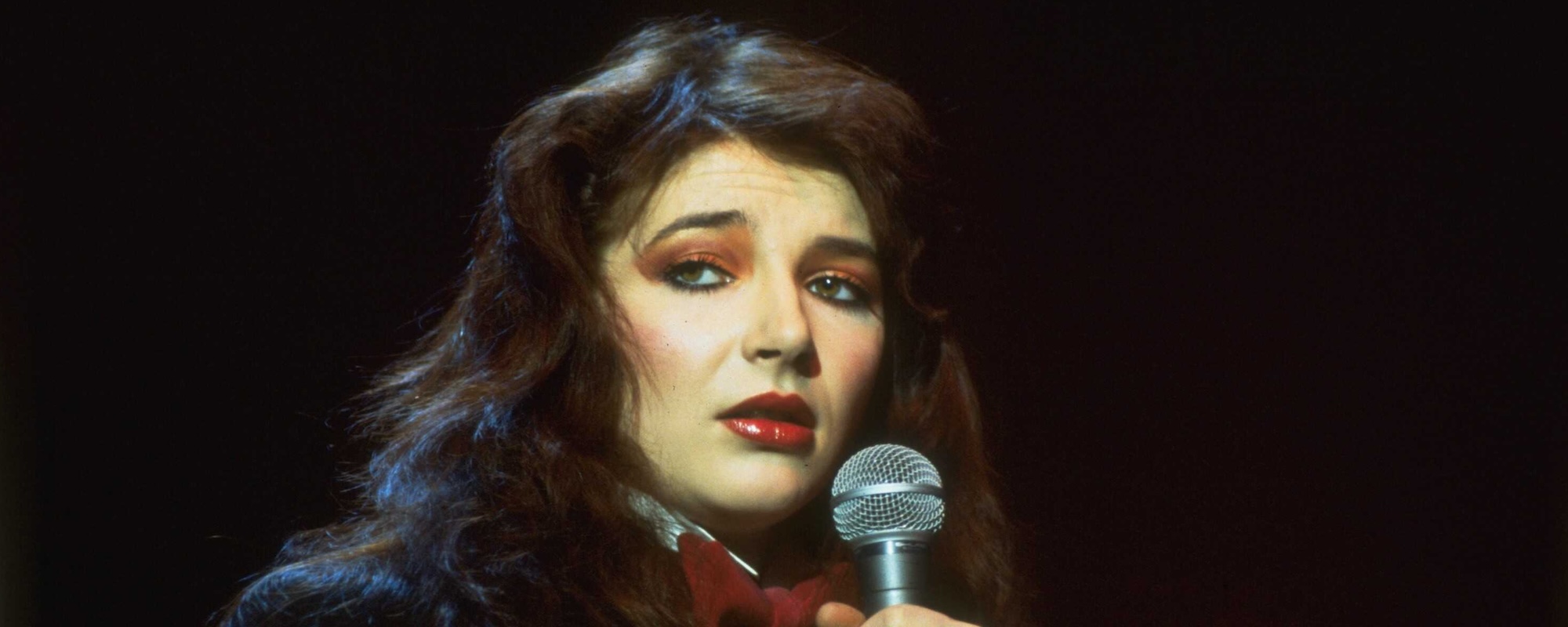
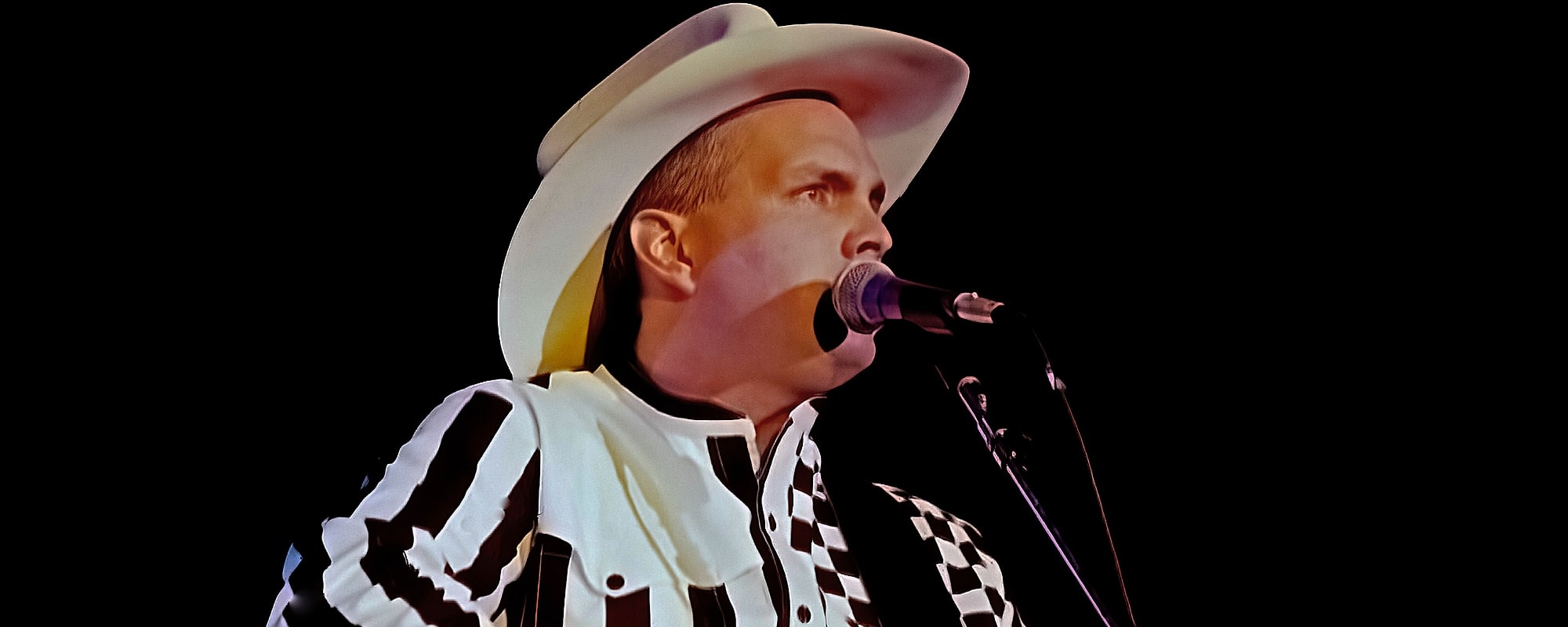
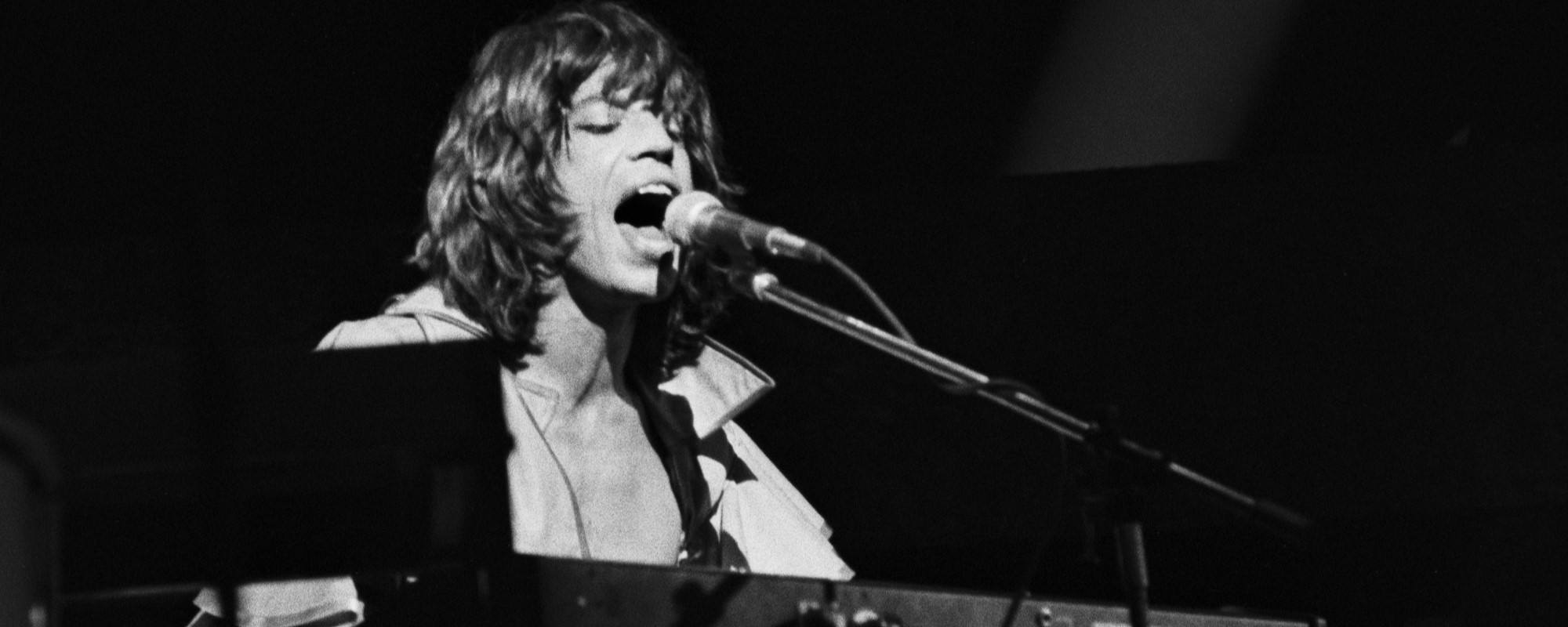
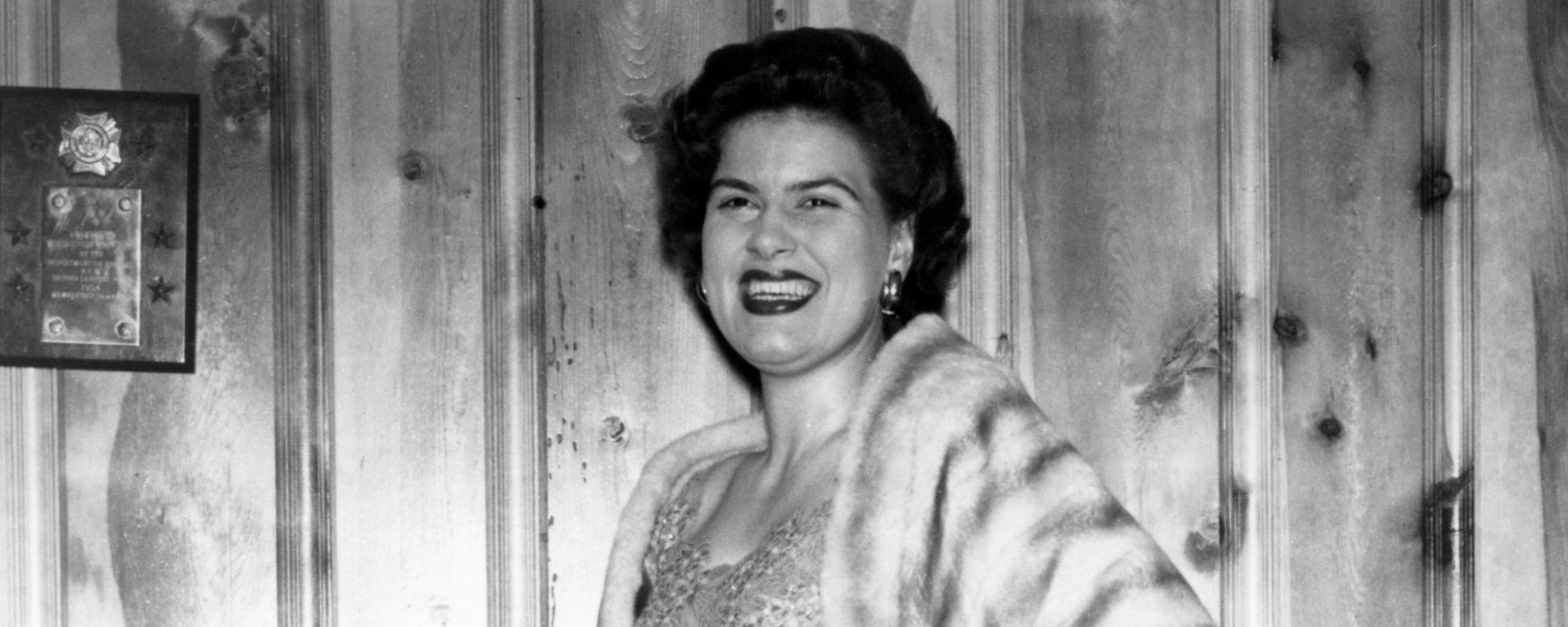
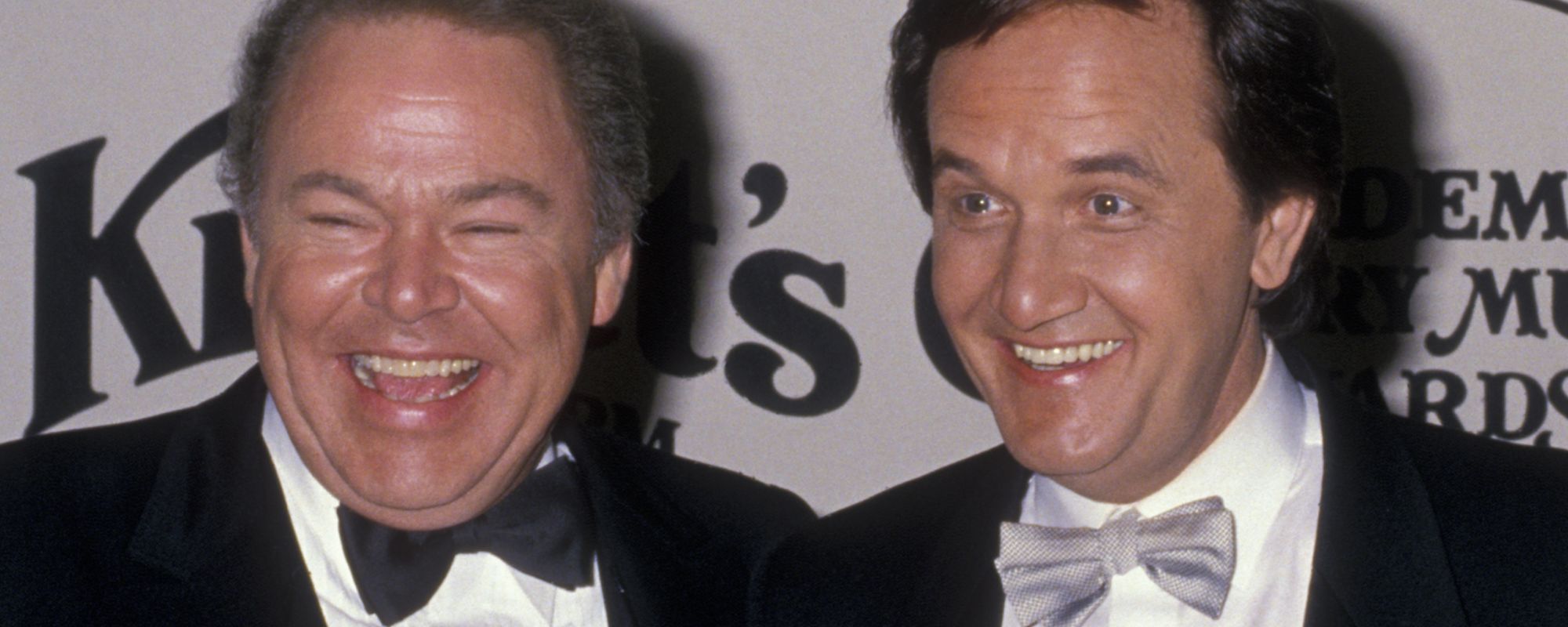
Leave a Reply
Only members can comment. Become a member. Already a member? Log in.